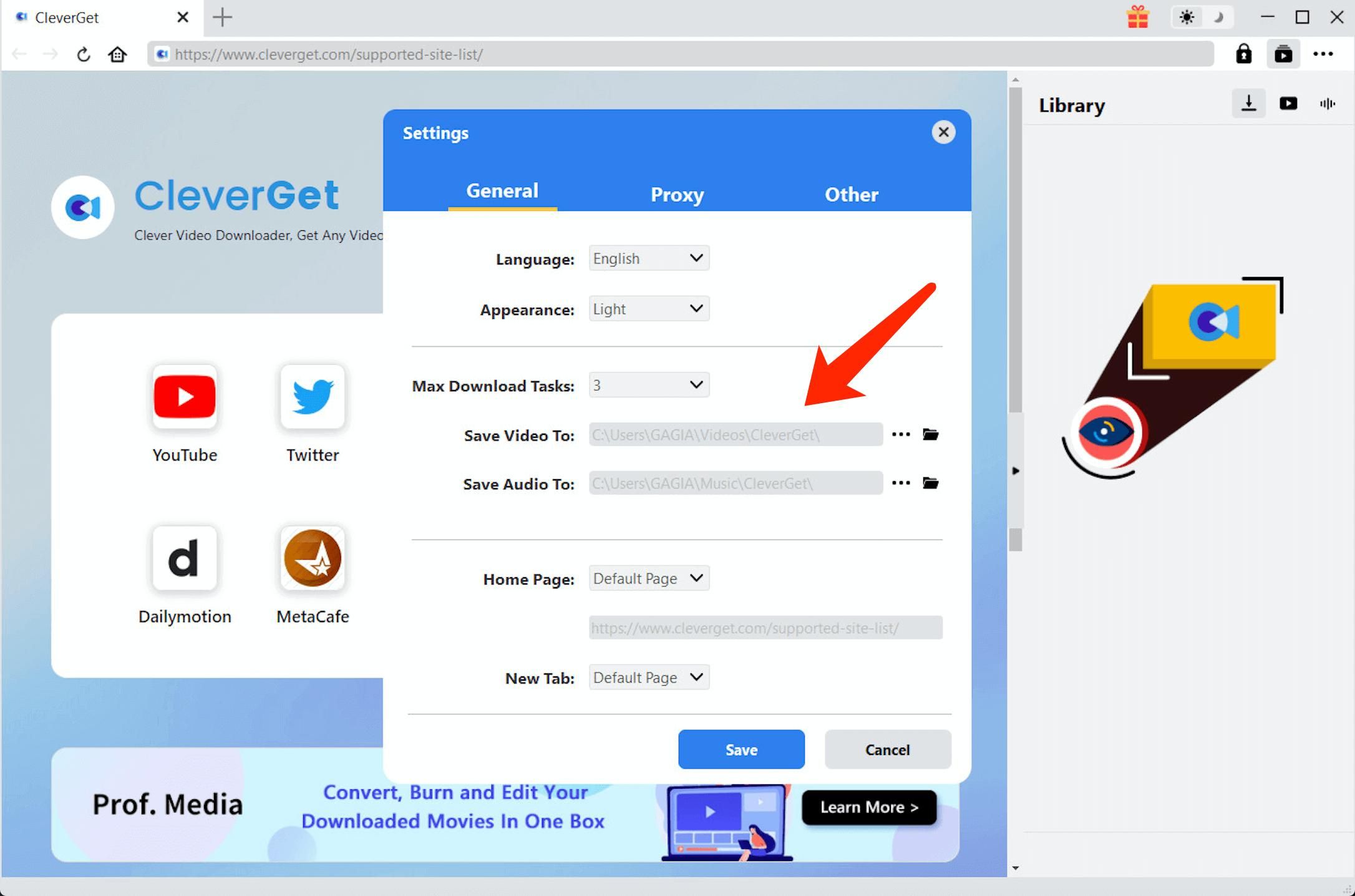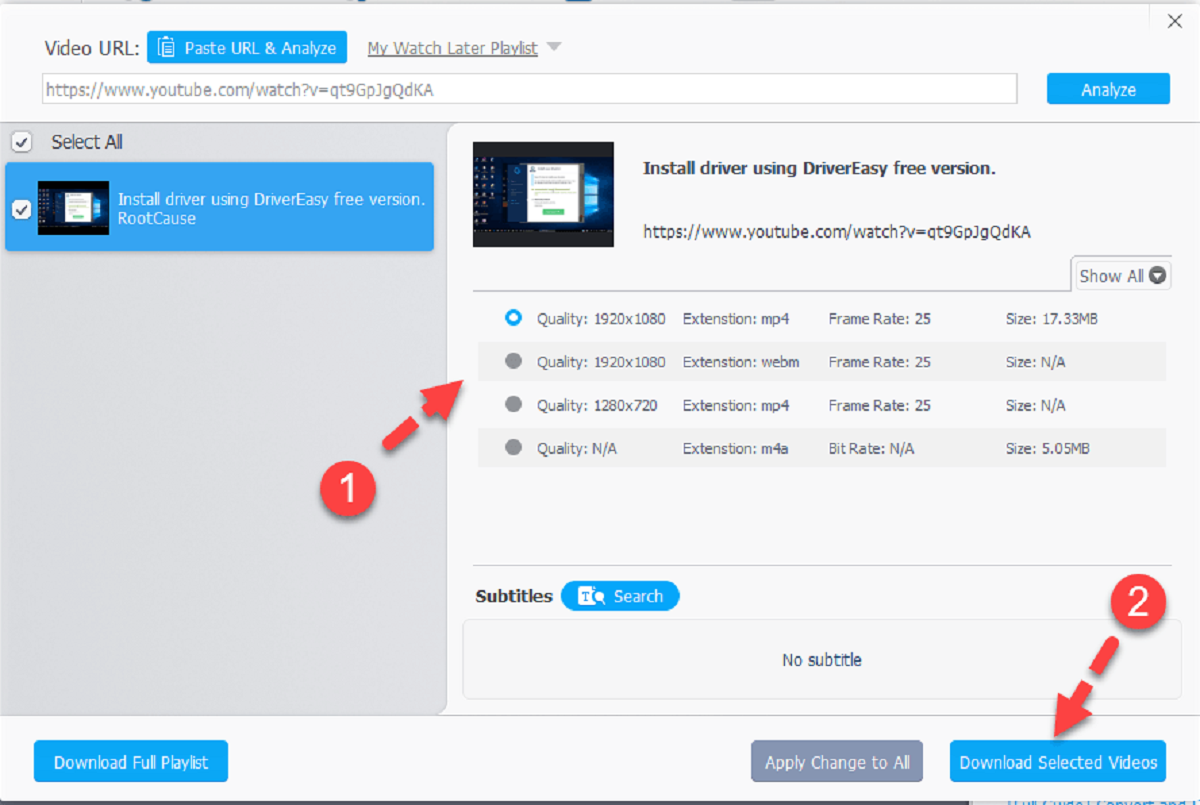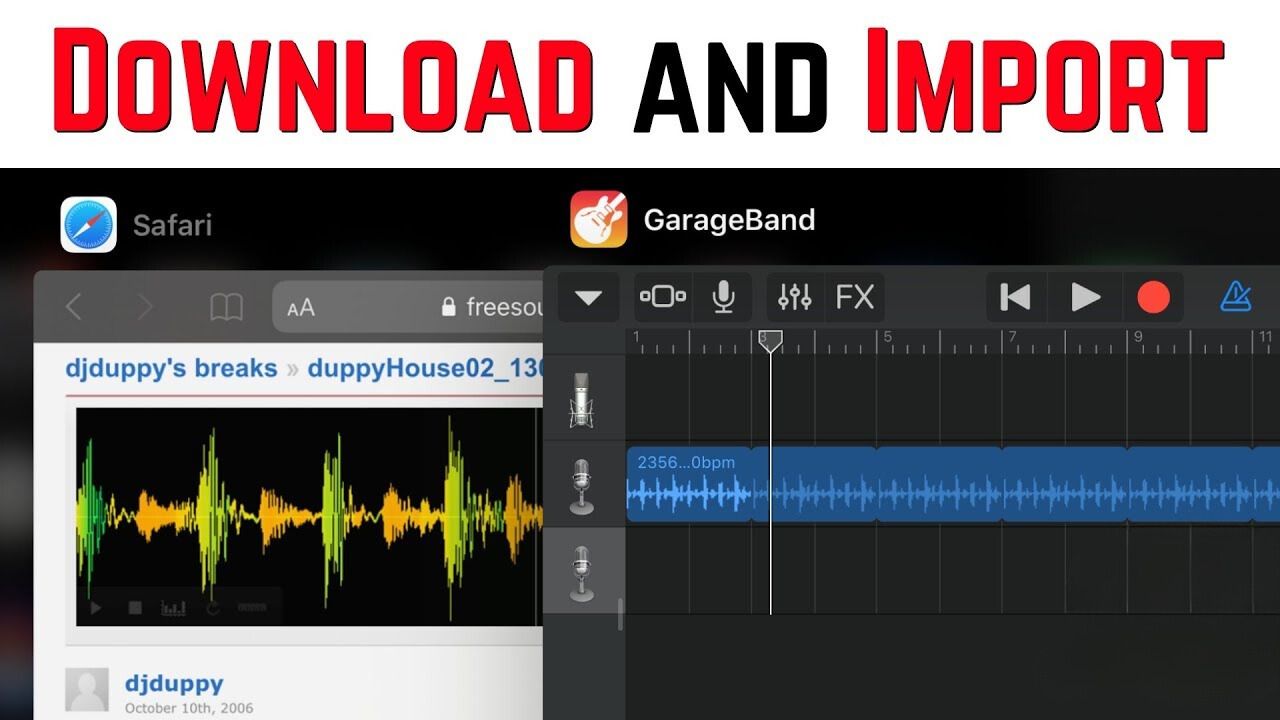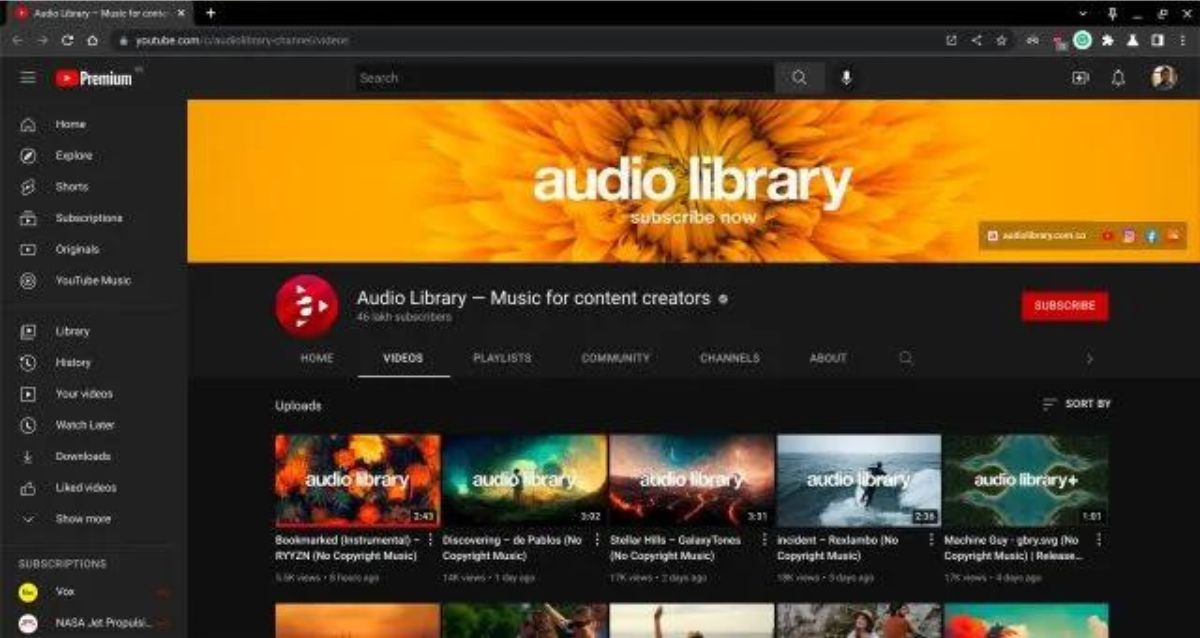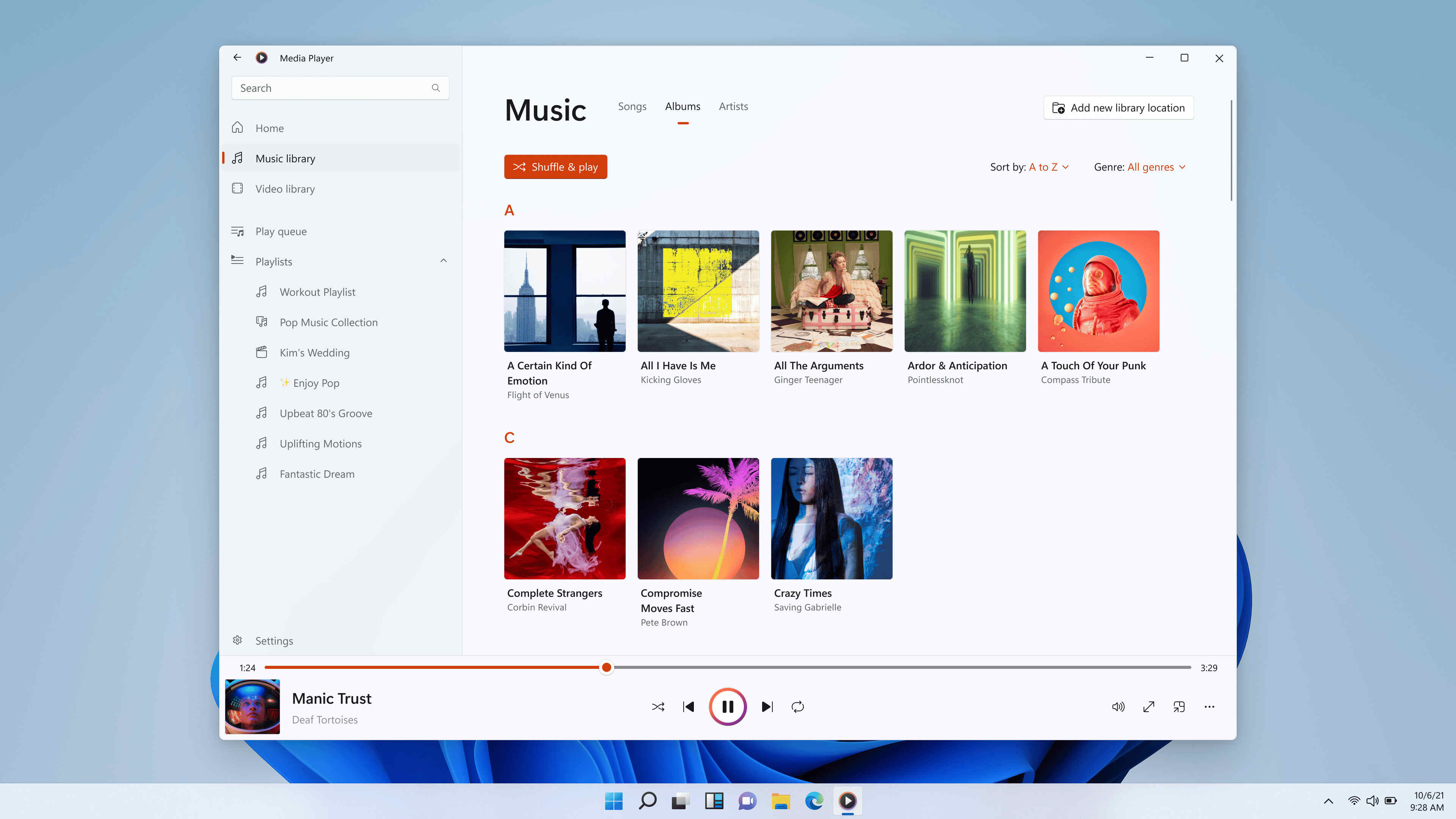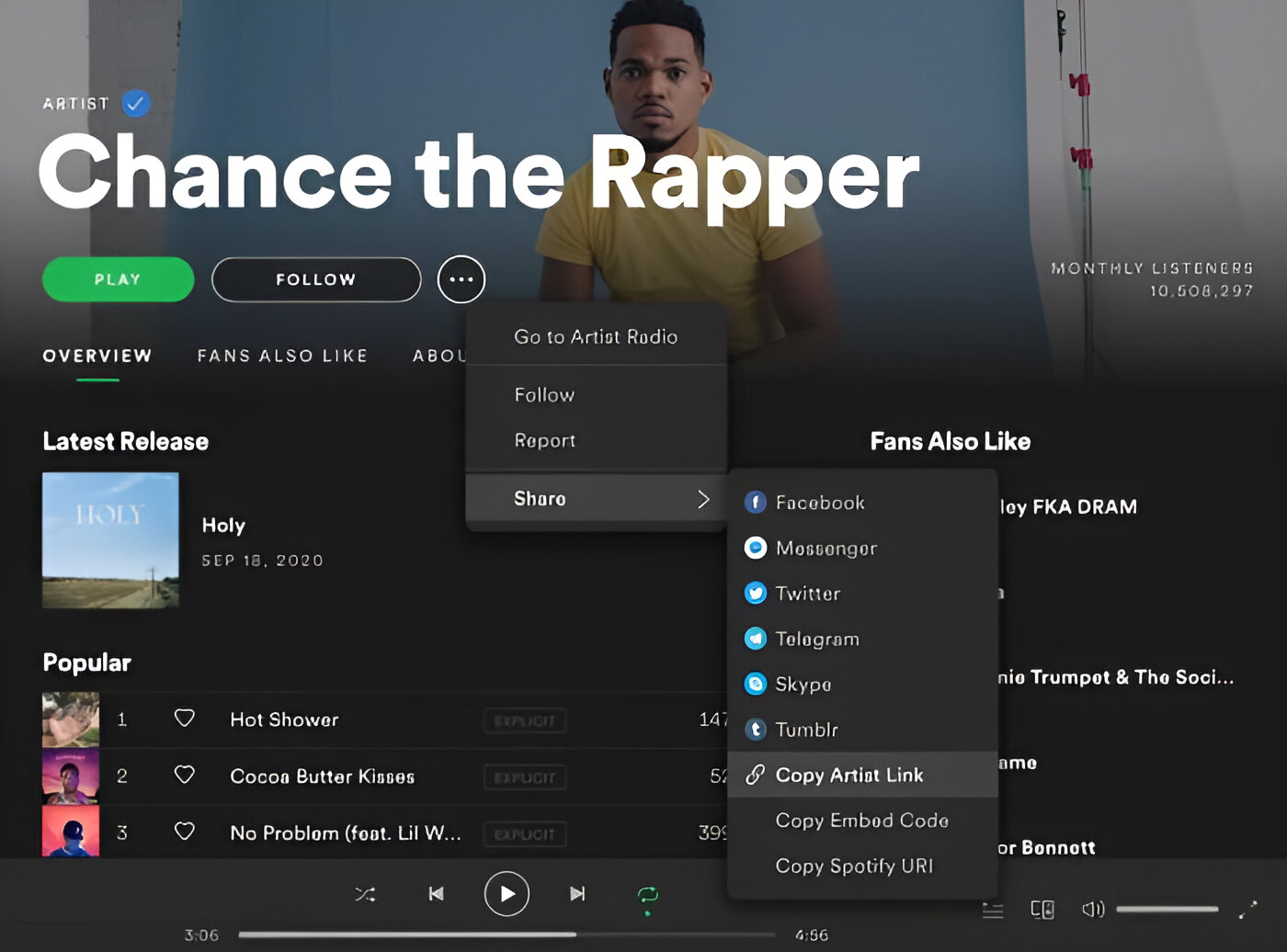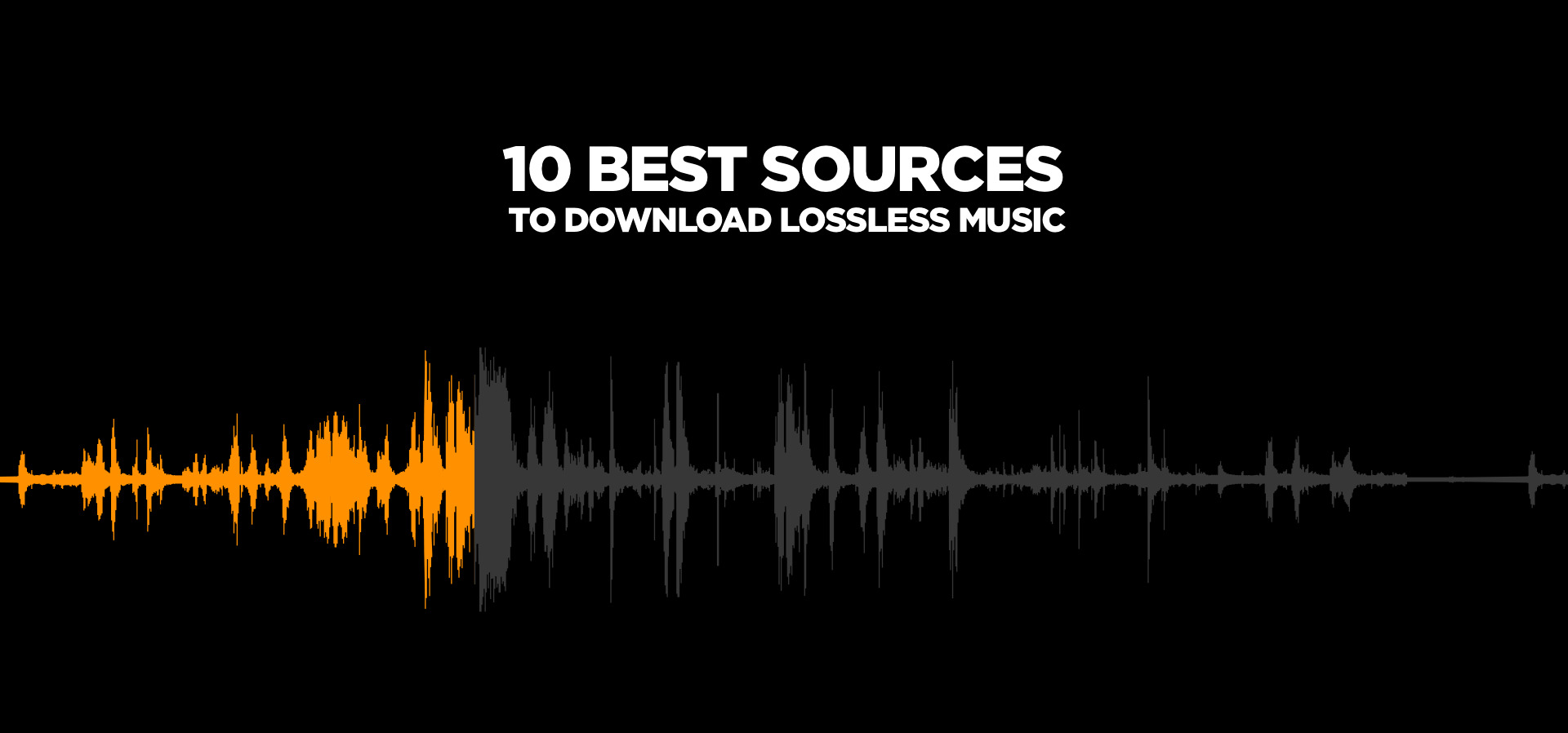Introduction
Welcome to the digital age, where music is readily available at our fingertips. With numerous websites and streaming platforms offering a plethora of music options, it has become easier than ever to discover and enjoy your favorite tunes. However, what happens when you want to download music from these sites to enjoy offline or transfer to your portable devices?
In this article, we will delve into the world of downloading music from any site, exploring various methods and tools to help you achieve this. Whether you’re looking to grab that catchy new single from a popular music streaming service or extract audio from a YouTube video, we’ve got you covered.
Before we dive into the specifics of downloading music, it’s important to understand the basics. When downloading music, it’s vital to consider the legality and copyright implications to avoid any legal troubles. Always ensure you have the necessary rights or permission to download and use the music in the desired manner.
Now, let’s explore the various methods and tools that can assist you in downloading music from any site. From dedicated software to online platforms, we’ll cover it all, helping you build a collection of your favorite tracks to enjoy anytime, anywhere.
Understanding the Basics
Before we begin downloading music from any site, it’s important to understand the basic concepts and terms surrounding the process. This knowledge will help you navigate the various methods and tools more effectively.
One essential term to grasp is the difference between streaming and downloading. Streaming allows you to listen to music online without actually saving the files to your device. On the other hand, downloading involves saving the audio files directly onto your computer or mobile device for offline access.
Another important consideration is the file format of the music you wish to download. The most common file formats include MP3, WAV, and FLAC. MP3 files are compressed, resulting in smaller file sizes and easier storage, while WAV and FLAC formats offer higher audio quality but larger file sizes. Keep in mind that different devices and media players may have varying compatibility with these formats.
Additionally, it’s crucial to be aware of the legality and copyright restrictions surrounding music downloading. While some sites offer free and legal downloads of music, others may contain copyrighted material that should not be downloaded without the proper permissions. Always ensure you understand and respect the copyright laws in your country before downloading any music.
Furthermore, consider the source from which you are downloading the music. Not all websites are trustworthy, and some may contain viruses or malware that can harm your device. Stick to reputable sites and ensure you have reliable antivirus software installed to mitigate any risks.
Lastly, remember that downloading copyrighted music without permission is illegal in many jurisdictions. While it’s tempting to download popular songs for free, doing so can lead to legal consequences. Choose legal sources or consider purchasing music from official online stores to support the artists and avoid legal complications.
Now that you have a better understanding of the basics, let’s explore the various methods and tools you can use to download music from any site.
Using a Music Downloader Software
One of the most convenient ways to download music from any site is by using dedicated music downloader software. These programs are specifically designed to make the downloading process quick and hassle-free. Follow these steps to use a music downloader software:
- Choose a reliable and reputable music downloader software. There are several options available, including both free and paid versions.
- Download and install the software on your computer.
- Launch the software and familiarize yourself with its interface and features.
- Open a web browser and navigate to the website from where you want to download the music.
- Copy the URL of the music file you wish to download.
- Go back to the music downloader software and find the option to add a URL or download link.
- Paste the copied URL into the designated field within the software.
- Choose the desired audio format and quality for the downloaded file.
- Click the “Download” or “Start” button to initiate the download process.
- Wait for the software to fetch and download the music file from the given URL.
- Once the download is complete, you can locate the downloaded file on your computer and enjoy it offline or transfer it to your preferred devices.
Using a music downloader software offers several advantages. It allows you to download multiple music files simultaneously, provides options to choose the desired audio format and quality, and often includes additional features such as batch downloading and automatic ID3 tag insertion.
However, it’s important to note that some music downloader software may have limitations, especially when it comes to downloading music from certain websites or streaming platforms with advanced anti-downloading measures in place. Additionally, make sure to obtain the necessary rights and permissions before downloading copyrighted music to ensure you remain within legal boundaries.
Now that you know how to use a music downloader software, let’s explore other methods to download music from various streaming platforms.
Downloading Music from Streaming Platforms
Streaming platforms have gained immense popularity over the years, offering a vast library of music at your fingertips. While streaming allows you to enjoy music online without the need for downloads, some platforms also provide the option to download songs for offline listening. Here’s how you can download music from popular streaming platforms:
- Spotify: If you’re a Spotify user, you can download music directly from the app for offline listening. Simply navigate to the album or playlist you wish to download, and toggle the “Download” switch to save it on your device. Remember that downloaded songs will only be accessible within the Spotify app.
- Apple Music: Similar to Spotify, Apple Music allows you to download songs and albums for offline listening. Find the music you want to download, and look for the “Download” icon or the option to add it to your library. The downloaded music will be available within the Apple Music app.
- Amazon Music: Amazon Music also offers offline listening through their app. When browsing through your favorite songs or playlists, look for the “Download” button beside each track. The downloaded music can be accessed within the Amazon Music app.
- YouTube Music: With a YouTube Music Premium subscription, you can download music for offline playback. Simply select the song or playlist you want to download, and click the “Download” button. The downloaded music will be stored within the YouTube Music app and can be played without an internet connection.
Downloading music directly from streaming platforms is a convenient option for offline listening. However, it’s important to note that the downloaded songs are typically accessible within the respective platform’s app only. These songs may also come with DRM (Digital Rights Management) restrictions, meaning you might not be able to play them outside of the platform’s ecosystem.
Now that you know how to download music from various streaming platforms, let’s explore how you can extract audio from videos to expand your music collection.
Extracting Audio from Videos
Have you ever come across a captivating music video on YouTube or any other video platform and wished you could have the audio file to enjoy on its own? Well, you’re in luck! It is possible to extract audio from videos and convert them into standalone audio files. Here’s how you can do it:
- Online Video converters: There are numerous online video converter websites that allow you to extract audio from videos. Simply visit one of these websites, upload the video file from which you want to extract audio, and select the desired audio format for the output. Click “Convert” or a similar button, and the website will process the video and provide a download link for the extracted audio file.
- Video editing software: If you already have video editing software installed on your computer, you can use it to extract audio from videos. Import the video file into the software, trim the video to include only the section with the desired audio, and export it as an audio file in the preferred format.
- Dedicated audio extraction software: There are dedicated audio extraction software programs available that specialize in extracting audio from videos. These programs typically offer more advanced features and customization options. Download and install a reputable audio extraction software, import the video file, and choose the desired output format and quality. Click the “Extract” or similar button, and the software will save the audio file separately.
When extracting audio from videos, it’s essential to consider the copyright implications. Ensure that you have the necessary rights or permissions to extract and use the audio from the given video. Respect the intellectual property of the content creator and abide by copyright laws in your country.
Now that you know how to extract audio from videos, let’s explore how you can download music from websites such as SoundCloud and Bandcamp.
Downloading Music from SoundCloud, Bandcamp, and Other Websites
SoundCloud, Bandcamp, and similar platforms are home to a vast array of independent artists and musicians, offering a treasure trove of unique music. While these websites typically provide streaming options, some artists allow users to download their tracks for offline listening. Here’s how you can download music from websites like SoundCloud, Bandcamp, and others:
- SoundCloud: Find the track you want to download on SoundCloud and check if the artist has enabled downloads. If downloads are available, look for the “Download” button or a similar option beneath the track. Clicking on it will initiate the download process, and the file will be saved on your device for offline playback.
- Bandcamp: On Bandcamp, many artists offer their music for free or at a paid price. If the artist has made the track downloadable, you’ll find a “Download” button or a similar option on the track’s page. Click on it to download the music file to your device.
- Other websites: Many other music websites, particularly those by independent musicians or lesser-known artists, may offer direct download links for their music. Look for a prominent download button or link on the website to initiate the download of the desired music file.
It’s important to note that not all tracks on SoundCloud, Bandcamp, or other websites may be available for direct download. Some artists choose to restrict downloads to promote streaming or selling their music. Respect their decisions and consider supporting them by streaming their music or purchasing it directly if available.
In cases where direct downloads are not available, you can still use audio recording software to capture the audio output while listening to the track through your computer’s speakers. However, ensure that you have the necessary rights and permissions for recording and using the audio in such cases.
Now that you know how to download music from websites like SoundCloud, Bandcamp, and others, let’s explore another method for obtaining music—ripping from CDs.
Ripping Music from CDs
If you have a collection of CDs that you want to digitize and enjoy on your devices, you can rip the music from the CDs and convert them into digital audio files. Ripping music from CDs allows you to create a digital library of your favorite tracks without having to rely on physical discs. Here’s how you can do it:
- Open your preferred media player software on your computer. Many media players, such as Windows Media Player and iTunes, have built-in CD ripping functionality.
- Insert the CD into your computer’s CD or DVD drive.
- Within your media player, navigate to the CD or the CD drive and select the music tracks you want to rip.
- Look for the “Rip” or “Import” option, usually located at the top of the media player interface.
- Choose the desired audio format and quality for the ripped tracks. Common file formats include MP3, WAV, and FLAC.
- Click the “Rip” or “Import” button to start the ripping process. The media player will extract the audio from the CD and convert it into the selected digital format.
- Once the ripping process is complete, the tracks will be saved on your computer’s hard drive. You can usually find them within your media player’s library.
It’s worth noting that the ripping process may take some time, depending on the speed of your CD drive and the number of tracks being ripped. Additionally, ensure that you have enough available storage space on your computer to accommodate the ripped audio files.
Remember to respect copyright laws and only rip music from CDs that you own or have the necessary rights to rip. Sharing or distributing copyrighted music without permission is illegal and can result in severe consequences. Enjoy your ripped music for personal use only.
Now that you know how to rip music from CDs, let’s move on to the final section, where we’ll discuss the importance of ensuring legality and copyright compliance in your music downloading endeavors.
Ensuring Legality and Copyright Compliance
When it comes to downloading music from any site, it’s crucial to prioritize legality and copyright compliance. Respect for the intellectual property of artists and creators is of utmost importance, ensuring that they receive the recognition and compensation they deserve for their work. Here are some key considerations to ensure legality and copyright compliance:
- Obtain permission: Before downloading any music, make sure you have the necessary rights or permissions to do so. This could include purchasing the music from official online stores, obtaining the artist’s permission, or opting for platforms that offer legal downloads.
- Use reputable sources: Stick to reputable websites and platforms that offer legal and authorized downloads. Avoid shady or unauthorized sites that may contain pirated or copyrighted material.
- Respect DRM restrictions: Some downloaded music may come with DRM (Digital Rights Management) restrictions, which limit your ability to share or transfer the files. Respect these restrictions and use the downloaded music for personal use only.
- Support the artists: Consider supporting the artists whose music you enjoy by purchasing their music directly from official sources or attending their concerts. This helps them continue creating and producing the music you love.
- Stay up to date with copyright laws: Laws surrounding digital music rights and copyright can vary between countries and regions. Stay informed about the copyright laws in your jurisdiction to ensure you are within legal boundaries when downloading and using music.
Remember, downloading copyrighted music without permission or using unauthorized sources not only violates the rights of artists but can also lead to legal consequences. By respecting the legality and copyright compliance of music downloads, you can contribute to a fair and sustainable music industry.
With the information and methods provided in this article, you can now confidently download music from various websites and platforms while ensuring you remain within legal boundaries. Enjoy your favorite tunes, support the artists, and keep the music flowing!
Conclusion
Downloading music from any site can be an enjoyable and convenient way to build your music collection and enjoy your favorite tracks offline. However, it’s essential to navigate these processes while prioritizing legality and copyright compliance.
In this article, we explored various methods and tools for downloading music from any site. We discussed the importance of understanding the basics, such as the difference between streaming and downloading, audio formats, and copyright restrictions. We also learned about using dedicated music downloader software, downloading music from streaming platforms, and extracting audio from videos.
Furthermore, we explored how to download music from websites like SoundCloud, Bandcamp, and others, as well as ripping music from CDs. We concluded by emphasizing the criticality of ensuring legality and copyright compliance, such as obtaining permission, using reputable sources, respecting DRM restrictions, supporting artists, and staying up to date with copyright laws.
By following these guidelines and understanding the ethical and legal implications, you can enjoy downloading music without compromising the rights of artists and content creators. Always respect the intellectual property of musicians and support them through legal means, whether through purchasing their music or attending their performances.
So go ahead and explore the wide range of options available to download music from any site. Expand your music library, discover new artists, and enjoy your favorite tunes whenever and wherever you want!







